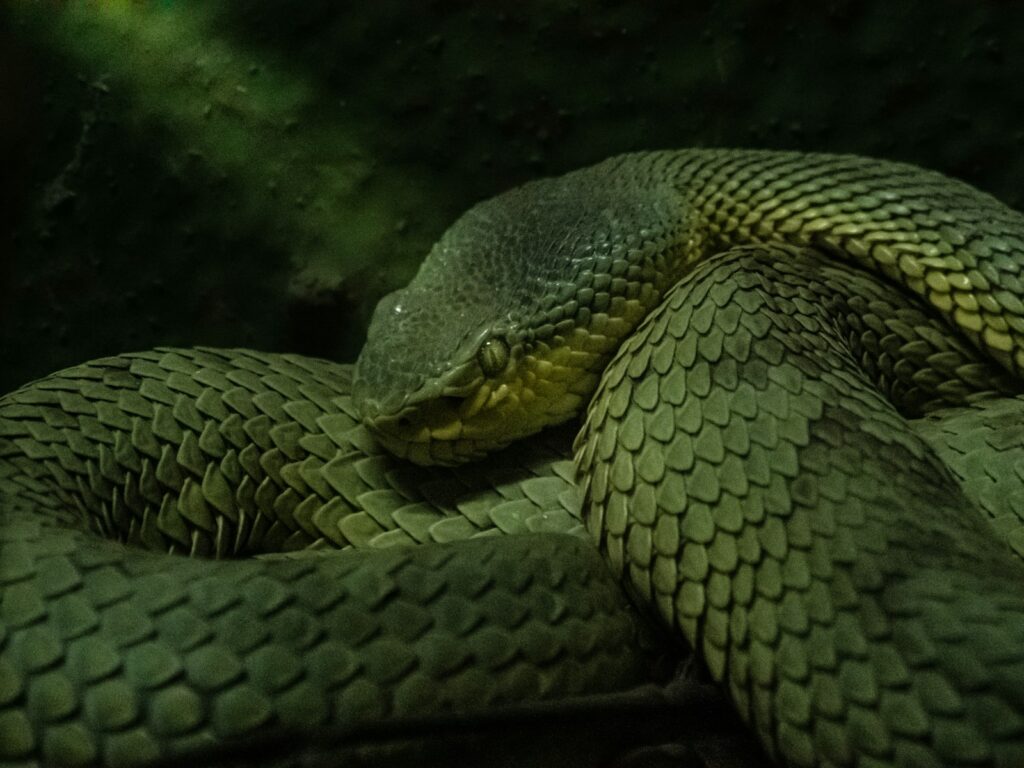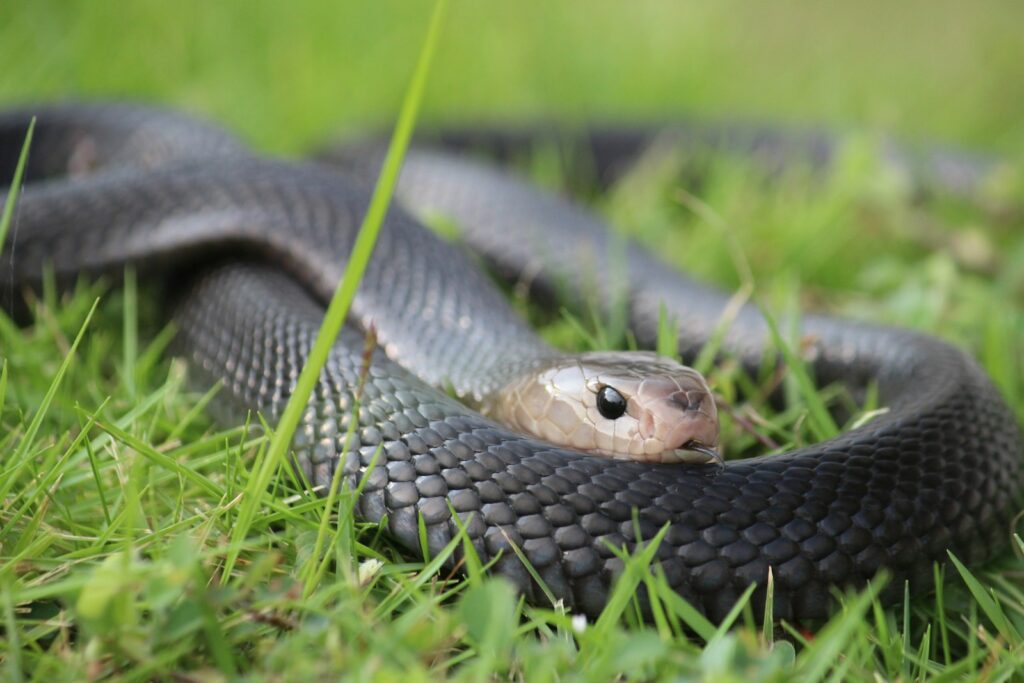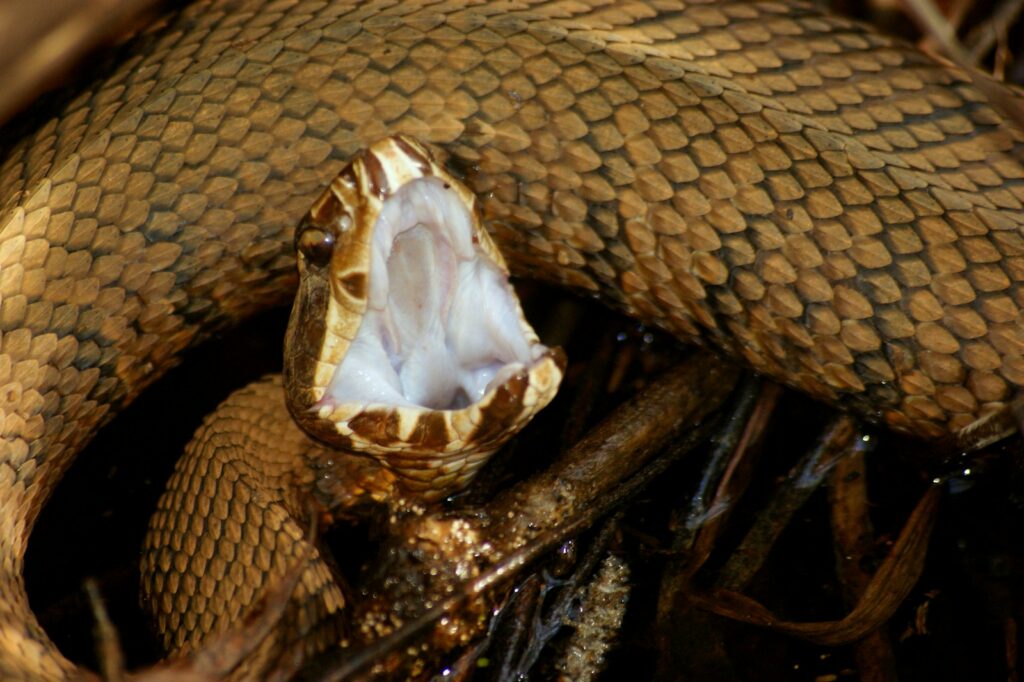Snake encounters can quickly transform from wildlife appreciation to life-threatening emergencies when venomous species are involved. Understanding the critical timeline for seeking medical attention after a venomous snake bite could mean the difference between full recovery and severe complications—or worse. Whether you’re hiking in snake territory, living in an area with venomous species, or simply want to be prepared for the unexpected, knowing how to respond and how quickly to act is essential knowledge that could save a life.
The Critical Window: Why Time Matters

When a venomous snake strikes, a race against time begins immediately. The venom can begin affecting tissues within minutes, while systemic effects may progress over hours. Most medical experts agree that receiving appropriate antivenom and supportive care within the first 1-2 hours offers the best outcomes and minimizes long-term damage. This critical window varies depending on the type of snake, the location of the bite, the amount of venom injected, and individual factors like the victim’s age, size, and overall health. For some highly toxic species like the black mamba or certain sea snakes, symptoms may progress extremely rapidly, making every minute crucial for survival.
The Golden Hour Principle

Emergency medicine specialists often reference “the golden hour” when discussing snake bites—the first 60 minutes after envenomation when treatment can most effectively prevent severe tissue damage and systemic complications. During this time, venom begins circulating through the lymphatic system and bloodstream, gradually reaching vital organs. Research shows that patients who receive appropriate medical care within this golden hour typically experience fewer complications and better long-term outcomes. For rural areas, wilderness settings, or locations distant from medical facilities, this golden hour principle underscores the importance of having emergency evacuation plans before venturing into snake-inhabited areas.
Types of Venom and Their Progression Timelines

Different snake venoms affect the body in distinct ways and progress at varying rates, influencing how quickly you need to seek treatment. Neurotoxic venoms, like those from mambas, sea snakes, and some cobras, attack the nervous system and can cause respiratory failure within 30 minutes to a few hours. Hemotoxic venoms, common in vipers and rattlesnakes, destroy blood cells and tissues, causing internal bleeding and tissue death that may progress more slowly over several hours. Cytotoxic venoms cause immediate and progressive tissue destruction, while cardiotoxic components can affect heart function rapidly. Understanding which type of snake has bitten you helps medical professionals anticipate the progression and prioritize appropriate treatments.
Signs That Time Is Running Out

Recognizing the progressive symptoms of envenomation can help communicate the urgency to emergency responders. Initial symptoms often include immediate pain, swelling, and puncture marks at the bite site. As time passes without treatment, more serious symptoms may develop including spreading numbness, difficulty breathing, blurred vision, nausea, vomiting, and altered mental status. Severe envenomation may progress to include blood clotting abnormalities, kidney failure, paralysis, and cardiovascular collapse. The appearance of systemic symptoms generally indicates that the situation has become significantly more serious and that the window for optimal intervention is narrowing quickly, making immediate medical attention absolutely essential.
Geographic Variations in Treatment Timelines

The urgency for treatment varies somewhat by global region due to differences in snake species and available medical resources. In Australia, pressure-immobilization technique buys precious time against predominantly neurotoxic snake venoms, potentially extending the treatment window by slowing venom spread. North American rattlesnake bites, while serious, typically progress more slowly than bites from some Asian or African species, potentially allowing a slightly longer window for reaching definitive care. In parts of rural India and Africa, where some of the deadliest snakes live alongside limited medical infrastructure, community-based first responders are being trained to administer basic treatments that can extend the critical window. Regional snake bite protocols reflect these differences in venom types and medical accessibility.
First Aid Measures That Buy Precious Time

While seeking emergency medical care remains the top priority, appropriate first aid can help extend the treatment window slightly. Keep the bite site below heart level and immobilize the affected limb with a splint if possible, which helps slow venom spread through the lymphatic system. Remove any jewelry or constrictive items near the bite area as swelling will likely increase. For elapid snakes (cobras, mambas, etc.), applying a pressure-immobilization bandage can significantly slow venom transport. Stay as calm and still as possible, as increased heart rate and movement accelerate venom circulation. Importantly, avoid harmful traditional interventions like cutting, sucking, tourniquets, or applying ice, as these methods have been proven to worsen outcomes and waste critical time.
Wilderness and Remote Settings: Extended Timelines

Snake bites in wilderness areas present particularly challenging scenarios where reaching medical care within the ideal timeframe may be impossible. In these situations, proper wilderness first aid becomes even more critical for extending the treatment window. Satellite communication devices can help coordinate emergency evacuations faster than attempting to hike out. When evacuation may take hours, pressure-immobilization technique becomes especially valuable for elapid bites, while proper limb immobilization and minimal movement are crucial for all venomous bites. Some wilderness medicine experts recommend carrying a venom extraction device, though their efficacy remains somewhat controversial among medical professionals.
Antivenom Administration Timelines

Antivenom, the primary treatment for severe envenomation, works most effectively when administered early in the progression of symptoms. Clinical studies indicate that antivenom can still reverse venom effects when given within 4-6 hours for many species, though earlier is always better. In cases of bites from highly neurotoxic species, the window for effective antivenom administration may be as short as 30 minutes to 2 hours before irreversible damage occurs. For hemotoxic venoms, antivenom can still help neutralize circulating venom components even after tissue damage has begun, making it valuable even several hours post-bite. Hospital protocols typically involve careful assessment of envenomation severity before administering these precious and sometimes limited resources.
Children, Elderly, and High-Risk Populations

Certain populations face heightened risk from snake bites and may have shorter windows for effective intervention. Children experience more severe envenomation effects due to their smaller body mass receiving proportionally more venom, making immediate medical attention even more critical. Elderly individuals and those with pre-existing conditions like heart disease, diabetes, or compromised immune systems typically experience more rapid progression of symptoms and complications. Pregnant women require especially urgent care as venom can affect both mother and fetus, with potential complications including placental abruption and preterm labor. For these vulnerable populations, emergency response plans should prioritize the shortest possible time to definitive medical care.
Dry Bites and Venom Load Variability

Not all snake bites result in envenomation, with “dry bites” occurring in approximately 20-25% of cases when venomous snakes strike defensively without injecting venom. However, determining whether a bite is “dry” requires medical assessment, as symptoms may be delayed. The amount of venom injected during a bite varies tremendously—from a full load during predatory strikes to minimal amounts during defensive reactions. This variability means symptoms may develop slowly in cases of minimal envenomation, potentially creating a false sense of security. Medical observation remains essential for at least 8-12 hours even when initial symptoms appear mild, as delayed-onset envenomation can still occur and progress rapidly once it begins.
The Psychological Factor: Panic Versus Preparedness

The psychological response to a snake bite significantly impacts the effective treatment timeline in unexpected ways. Panic and high stress levels increase heart rate and blood pressure, potentially accelerating venom circulation by up to 50%. Victims who remain calm and follow proper protocols effectively extend their treatment window by slowing venom spread. Psychological preparedness—knowing snake bite protocols before an incident occurs—dramatically reduces response time and improves decision-making during these emergencies. Studies show that pre-educated victims are more likely to seek appropriate medical care quickly rather than wasting time on ineffective folk remedies or waiting to see if symptoms develop, both of which can have devastating consequences.
Long-Term Complications and Delayed Treatment

The consequences of delayed treatment extend far beyond the immediate emergency, potentially causing lifelong complications. Tissue necrosis from cytotoxic venoms can lead to permanent disfigurement, loss of function, or even limb amputation if treatment is delayed beyond 6-12 hours. Kidney damage becomes increasingly likely after the 4-hour mark with certain venoms, potentially resulting in the need for lifetime dialysis. Neurological damage from neurotoxic venoms may become permanent after critical thresholds are crossed, leading to long-term paralysis, breathing difficulties, or cognitive effects. Even with eventual treatment, patients who receive care outside the optimal window face significantly longer hospital stays, more intensive treatments, and greater likelihood of permanent disability.
Global Improvements in Snake Bite Response

Worldwide efforts are underway to expand the critical window for effective snake bite treatment through multiple approaches. New antivenom formulations with longer shelf lives and broader coverage are being developed for use in remote settings. Mobile snake bite response units in high-incidence regions of India and Africa are reducing time to treatment by bringing essential care directly to victims. Technological innovations like snakebite detection wearables that can identify specific venom proteins are in development, potentially allowing more precise and earlier treatment. Community education programs in snake-heavy regions have demonstrated significant improvements in response times and appropriate first aid, collectively saving thousands of lives annually by shortening the time between bite and effective treatment.
Conclusion

When it comes to venomous snake bites, the adage “time is tissue—and potentially life” holds absolutely true. While the ideal window for treatment is within the first 1-2 hours, the specific timeline varies based on snake species, individual factors, and geographic setting. Rather than focusing on exact timeframes, the most important takeaway is that immediate, calm action is essential. Having knowledge of appropriate first aid, recognizing the signs of envenomation, and having an emergency plan can make all the difference. In the world of snake bites, minutes matter—and being prepared to act quickly could save a life.





